Introduction
The Overactive Bladder Questionnaire (OAB-q) is a cornerstone instrument for comprehensively evaluating the impact of overactive bladder (OAB) on a person’s life. In 2002, K. Coyne, D. Revicki, T. Hunt, and their colleagues developed the OAB-q, which Pfizer Inc. / ICON plc later published, thereby making it a standard in urology research. In fact, with over 800 citations on Google Scholar, its significance in both clinical trials and patient care is clearly established.
Moreover, the developers uniquely designed the questionnaire to measure two critical aspects: the severity of symptoms and the impact on health-related quality of life (HRQoL). Because researchers specifically created it for adults aged 18 and older, this self-administered tool provides deep insights that guide treatment and measure efficacy. Consequently, this article offers an expert overview of the OAB-q’s features, applications, scoring, and psychometric properties, serving as a vital resource for clinicians and researchers.
Key Features of the Overactive Bladder Questionnaire (OAB-q)
Purpose and Use
Primarily, the purpose of the OAB-q is to simultaneously measure symptom severity, which the developers term “Symptom Bother,” and its effects on health-related quality of life (HRQoL) in patients with an overactive bladder. Therefore, this dual focus allows it to capture a holistic view of the patient’s experience, making it invaluable for clinical assessments and research studies.
Target Population
Developers designed and validated the OAB-q for adults aged 18 years and older. As a result, this includes young adults (18–24 years), middle-aged adults (25–44 years), older adults (45–64 years), and seniors (65+ years), ensuring its relevance across a wide spectrum of the adult population affected by OAB.
Structure
The OAB-q is a 33-item questionnaire divided into two distinct scales:
- Symptom Bother Scale: This section contains 8 items that assess the severity of core OAB symptoms like urgency, frequency, nocturia, and incontinence.
- Health-Related Quality of Life (HRQoL) Scale: This larger section includes 25 items broken down into four sub-domains:
- Coping (8 items)
- Concern/Worry (7 items)
- Social Interaction (5 items)
- Sleep (5 items)
Scoring Method
The OAB-q employs a 6-point Likert scale for responses, although the interpretation differs between the two main scales.
- Symptom Bother Scale: The 8 items are scored from 1 (“Not at all”) to 6 (“A very great deal”). The scores are then summed to produce a total score ranging from 8 to 48, where higher scores indicate greater symptom bother.
- HRQoL Scale: The 25 items are scored from 1 (“All of the time” / “Extremely”) to 6 (“None of the time” / “Not at all”). Importantly, these items are reverse-scored before being summed. The total and subscale scores are then transformed to a 0-100 scale. On this scale, higher scores reflect a better health-related quality of life.
Administration Format
The OAB-q is highly flexible in its administration. Typically, patients take between 10 to 15 minutes to complete it, and teams can conduct the questionnaire via:
Paper-based forms
Digital platforms
Mobile apps
In-person interviews
Remote interviews (Phone/Video Call)
Furthermore, patients can self-administer the questionnaire, and it requires no special training for the administrator, which enhances its practicality in busy clinical and research settings.
Applications of the Overactive Bladder Questionnaire (OAB-q)
The OAB-q is a versatile tool with broad applications in urology.
- Screening: It helps identify individuals whose quality of life is significantly impacted by OAB symptoms.
- Monitoring: The questionnaire is excellent for tracking changes in symptoms and HRQoL over time, particularly in response to treatment.
- Treatment Planning: By pinpointing the most bothersome symptoms and most affected life domains, it helps clinicians tailor interventions.
- Research: It serves as a primary endpoint in clinical trials to evaluate the efficacy of new therapies for overactive bladder.
Languages and Availability
A major strength of the OAB-q is its global reach. Specifically, the questionnaire is available in over 50 languages, including Arabic, English, Mandarin Chinese, Spanish, French, Russian, German, Portuguese, Japanese, and Hindi. This extensive availability undoubtedly facilitates its use in international, multicenter studies. However, the OAB-q operates under a proprietary license and requires permission for use. Therefore, interested parties must contact the developers or distributors to obtain a license.
Reliability and Validity
Notably, researchers recognize the OAB-q as a highly reliable and valid instrument. Multiple studies have well-documented its psychometric strength. Specifically, the questionnaire demonstrates excellent internal consistency, with Cronbach’s alpha values ranging from 0.86 to 0.96 across its scales (0.86 for the Symptom Bother scale and 0.96 for the total HRQL score).
You can review its validation in these key studies:
Limitations and Considerations
Despite its strengths, the OAB-q has a few limitations:
- Self-report: As a self-report measure, responses may be influenced by social desirability bias or a patient’s personal interpretation of their condition.
- Social Desirability Bias: Patients may underreport or modify answers to appear more socially acceptable.
- Narrow Focus: The instrument is highly specific to overactive bladder and does not capture broader aspects of a patient’s general health or psychological well-being.
Other Versions and Related Questionnaires
To further enhance its utility, a shorter version of the questionnaire is available:
- OAB-q Short Form (OAB-q SF): This version offers a more concise tool for settings where time is limited.
Additionally, several other questionnaires can complement the OAB-q or be used as alternatives, including:
- Patient Perception of Bladder Condition (PPBC)
- International Consultation on Incontinence Questionnaire – OAB module (ICIQ-OAB)
- Urogenital Distress Inventory and Incontinence Impact Questionnaire – short forms (UDI-6 / IIQ-7)
- Overactive Bladder Symptom Score (OABSS)
Additional Resources
- Access a direct link to the Original Validation Study.
- For inquiries and permission to use, contact the development team via K. Coyne at coyne@medtap.com.
Frequently Asked Questions (FAQ)
- Who can use the OAB-q?
Clinicians, researchers, and healthcare providers use the OAB-q for patients aged 18 and older with symptoms of overactive bladder. - How long does it take to complete the OAB-q?
Patients typically take 10 to 15 minutes to complete the questionnaire, which consequently makes it feasible for use in both clinical and research settings. - How do healthcare teams administer the OAB-q?
Healthcare teams can administer the questionnaire via paper, digital, mobile, or interview (in-person and remote) formats, thereby offering significant flexibility. - Is there any cost to using the OAB-q?
The OAB-q is a proprietary instrument and requires permission for use. Users must contact the developers to obtain a license.
A Word from ResRef about the Overactive Bladder Questionnaire (OAB-q)
The Overactive Bladder Questionnaire (OAB-q) certainly stands out as one of the most rigorously validated instruments for assessing both symptom burden and quality of life in individuals with overactive bladder. Its dual focus not only captures how often symptoms occur, but also how deeply they affect daily life—making it highly valuable for both clinical decision-making and research outcomes. Because of its well-established psychometric strength, a widely used short form (OAB-q SF), and broad international adaptation, the OAB-q is an excellent choice for studies aiming to understand patient experience in depth. Ultimately, whether you’re designing a clinical trial, evaluating treatment response, or benchmarking outcomes, the OAB-q offers clarity, reliability, and global relevance.
References
- Coyne, K., Revicki, D., Hunt, T. et al. Psychometric validation of an overactive bladder symptom and health-related quality of life questionnaire: The OAB-q. Qual Life Res 11, 563–574 (2002). Link
- Acquadro C, Kopp Z, Coyne KS, Corcos J, Tubaro A, Choo MS, Oh SJ. Translating overactive bladder questionnaires in 14 languages. Urology. 2006 Mar;67(3):536-40. doi: 10.1016/j.urology.2005.09.035. Erratum in: Urology. 2007 Jan;69(1):202. Oh, Seung June [added]. PMID: 16527574. Link
- Coyne KS, Tubaro A, Brubaker L, Bavendam T. Development and validation of patient-reported outcomes measures for overactive bladder: a review of concepts. Urology. 2006 Aug;68(2 Suppl):9-16. doi: 10.1016/j.urology.2006.05.042. PMID: 16908336. Link


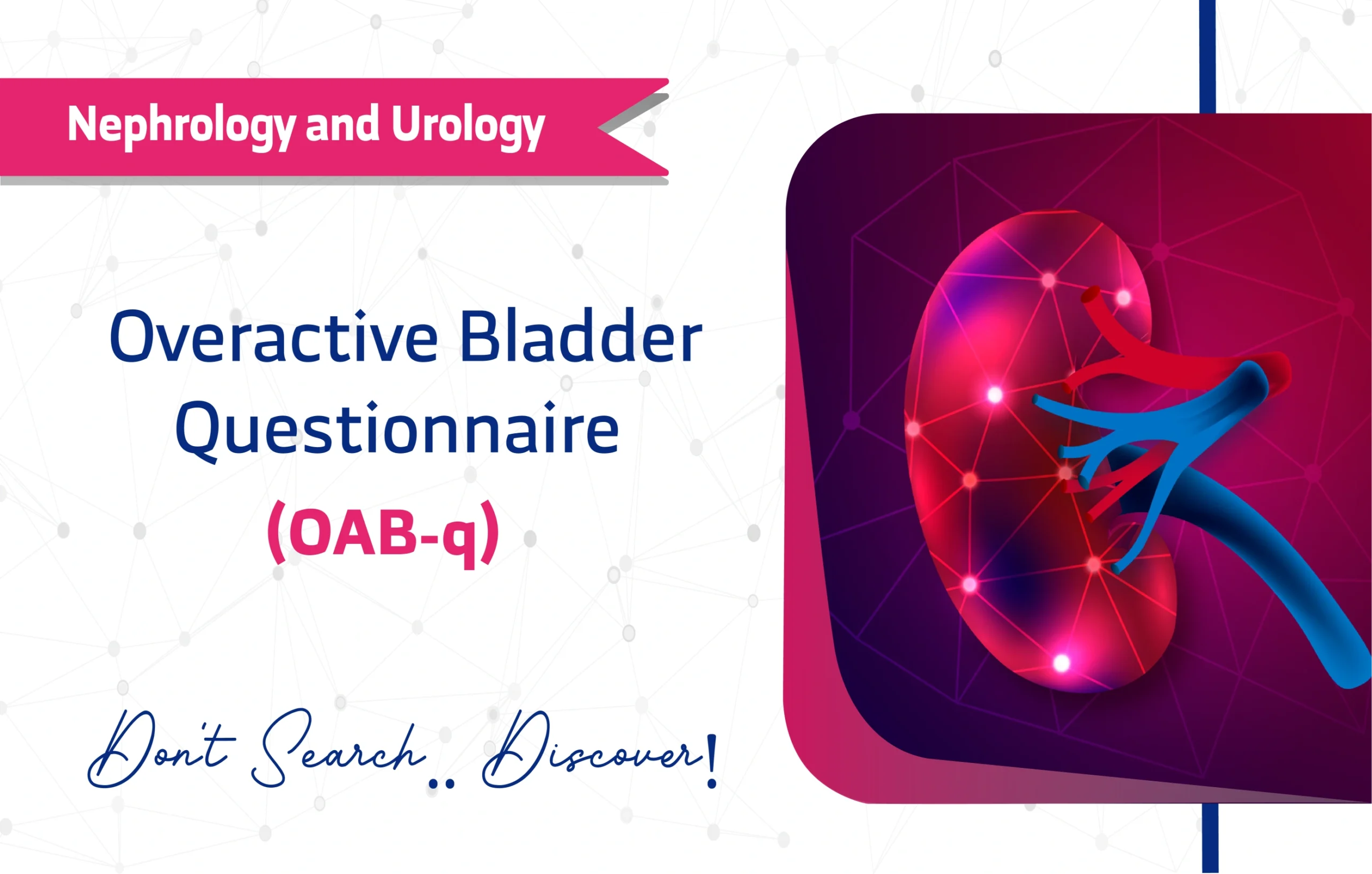
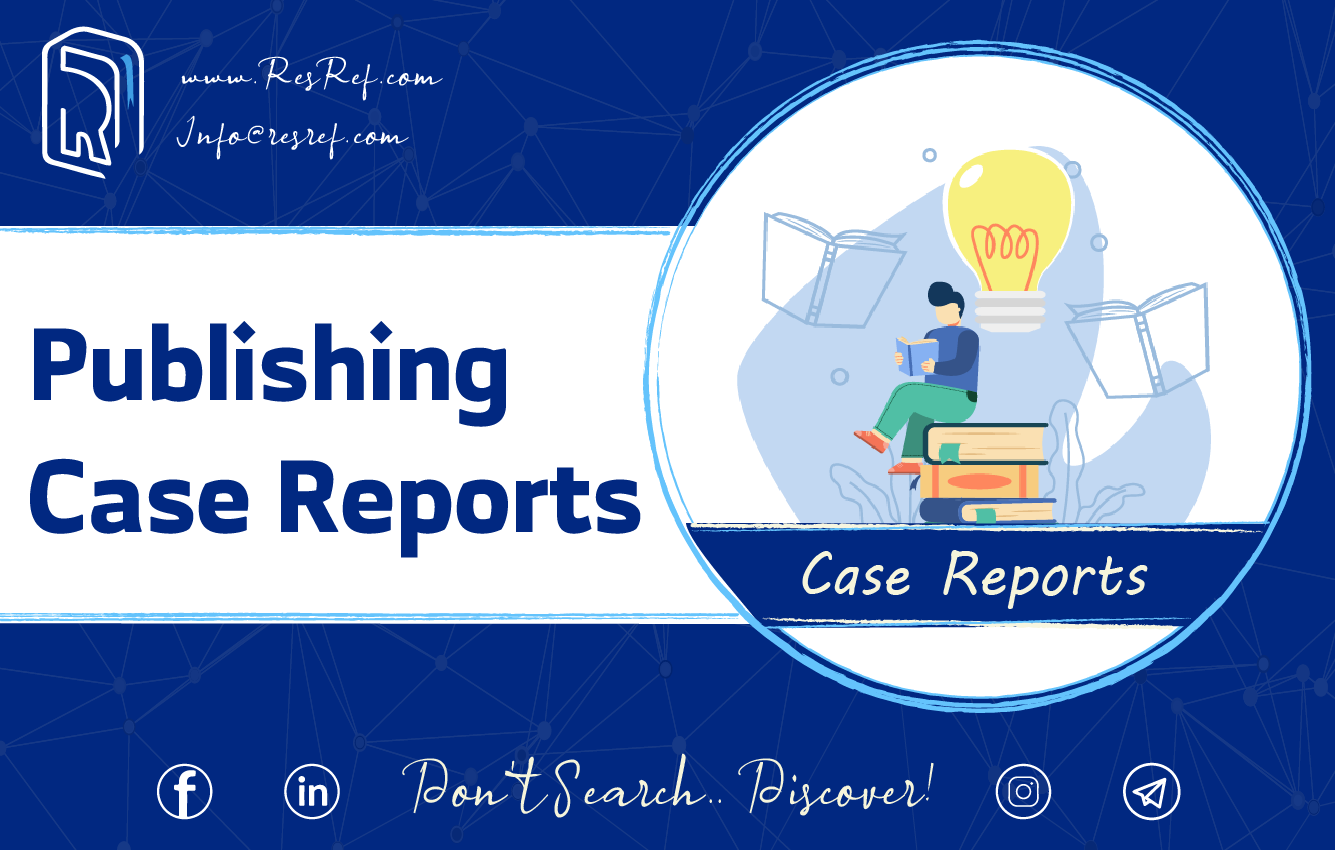
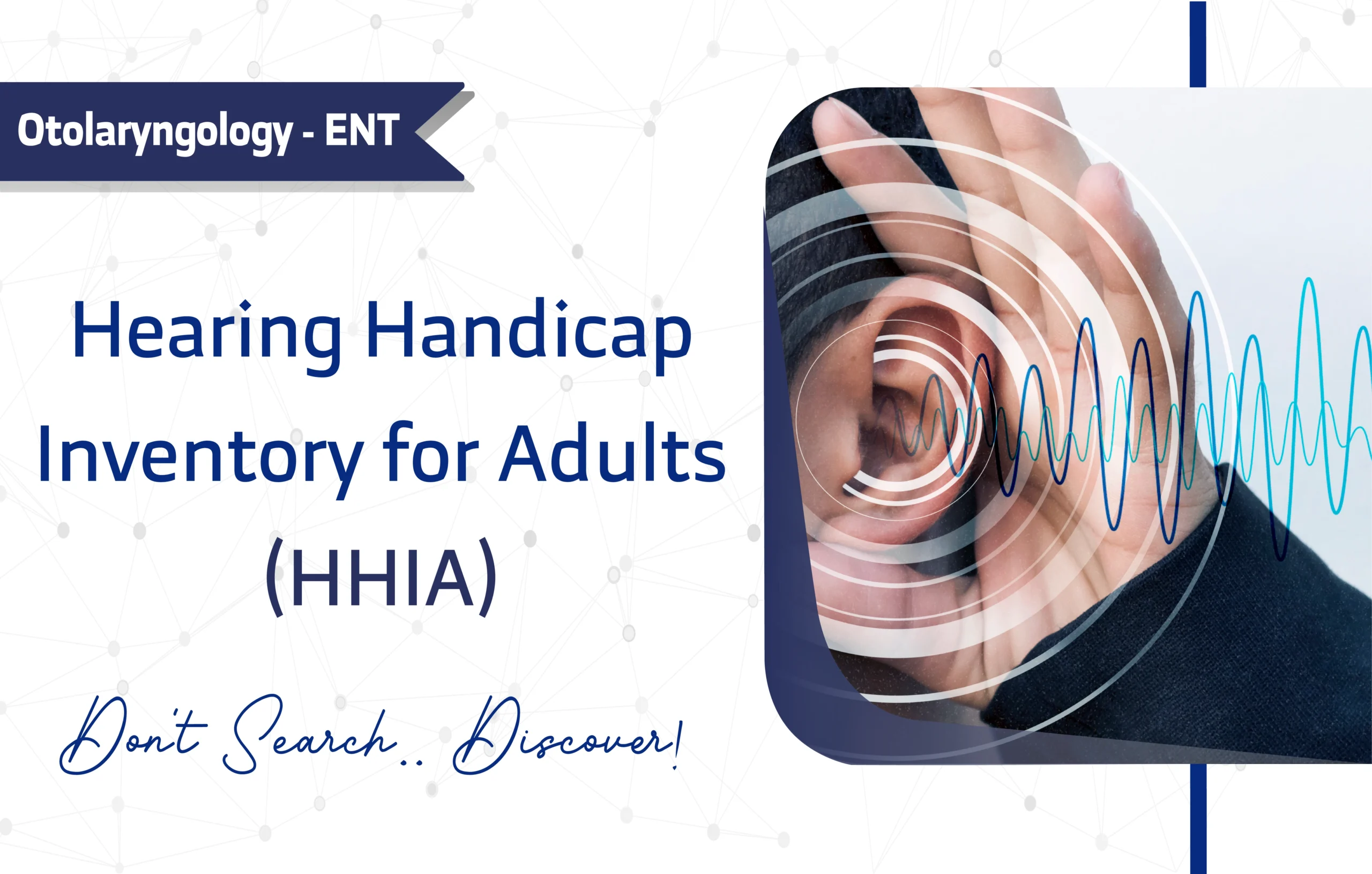
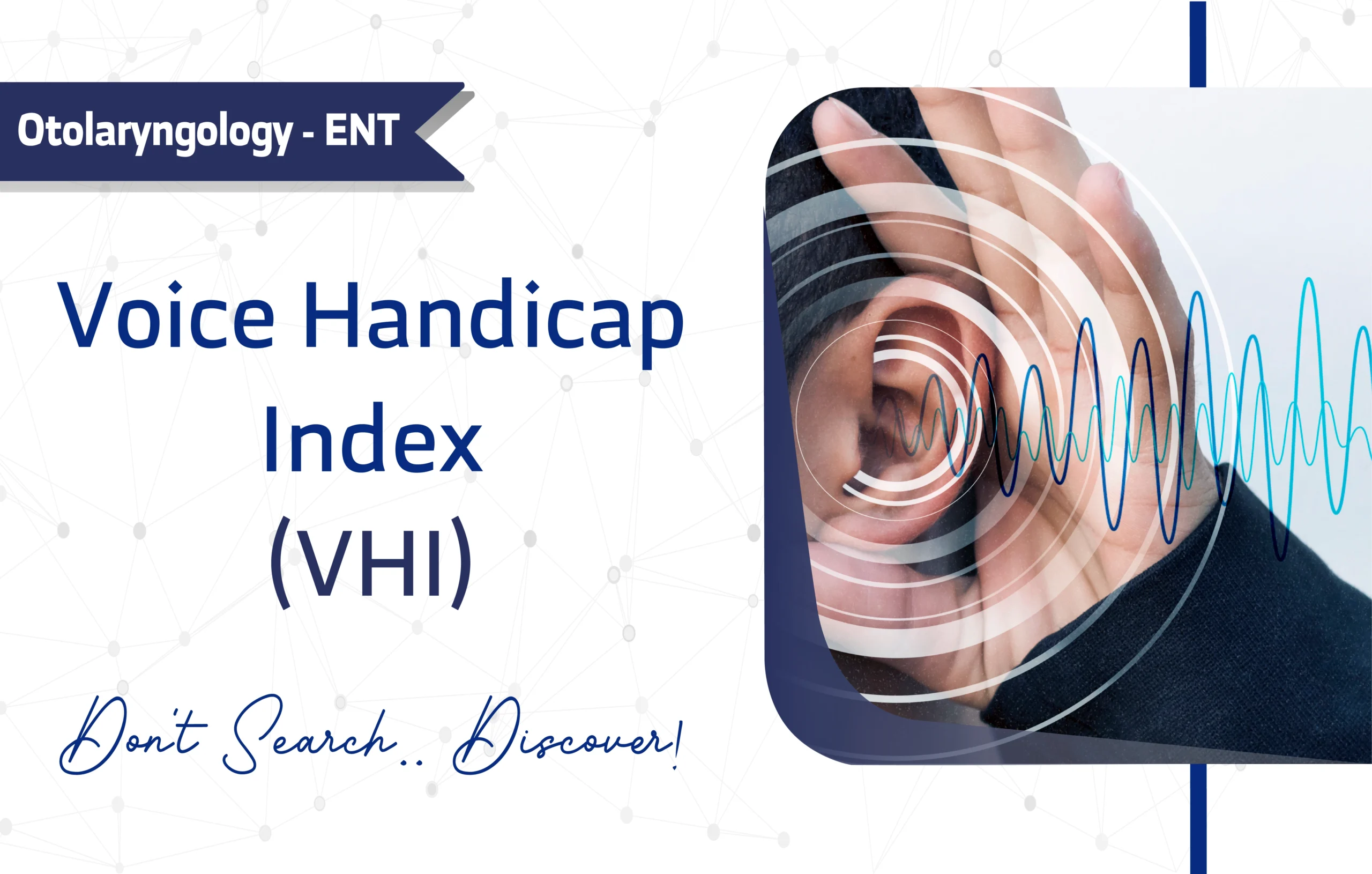
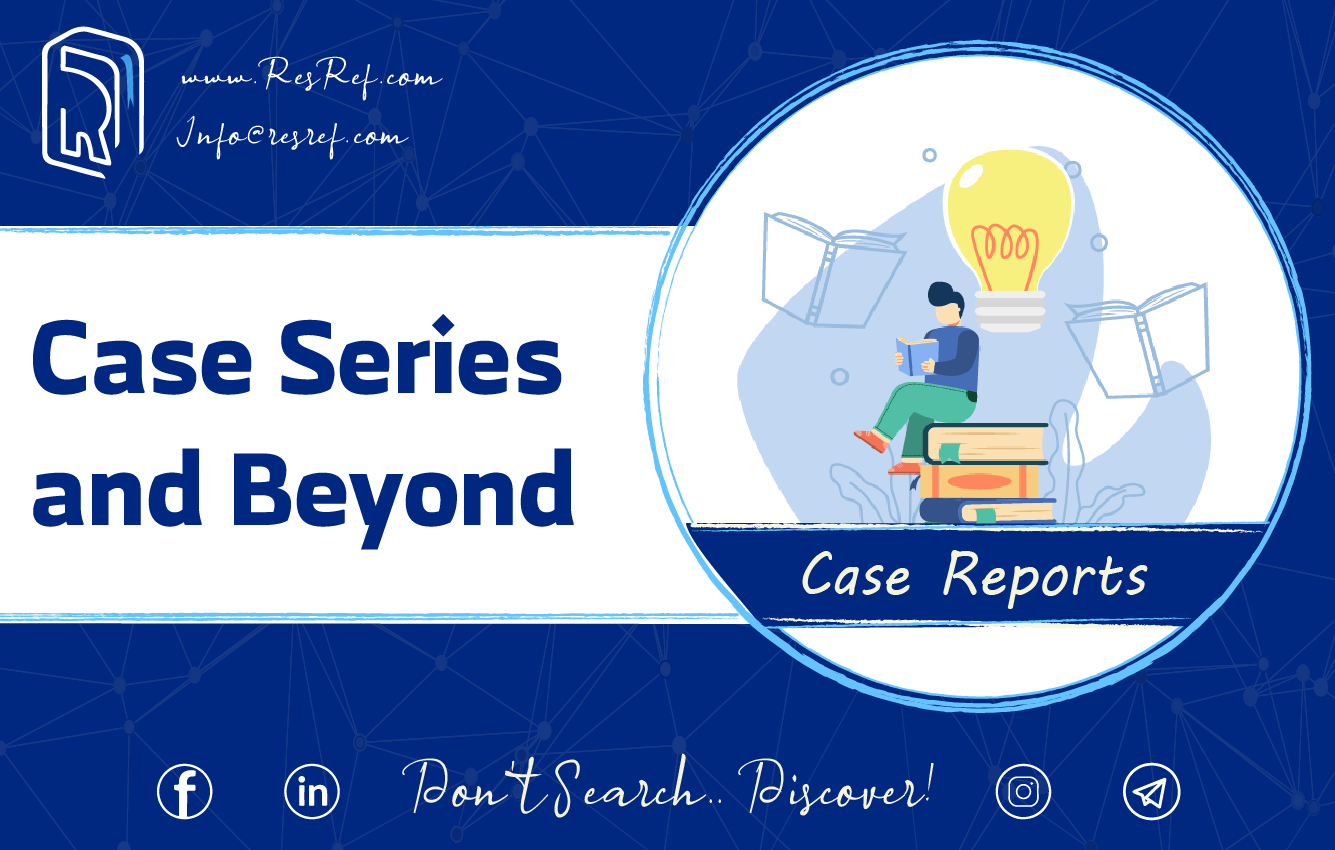
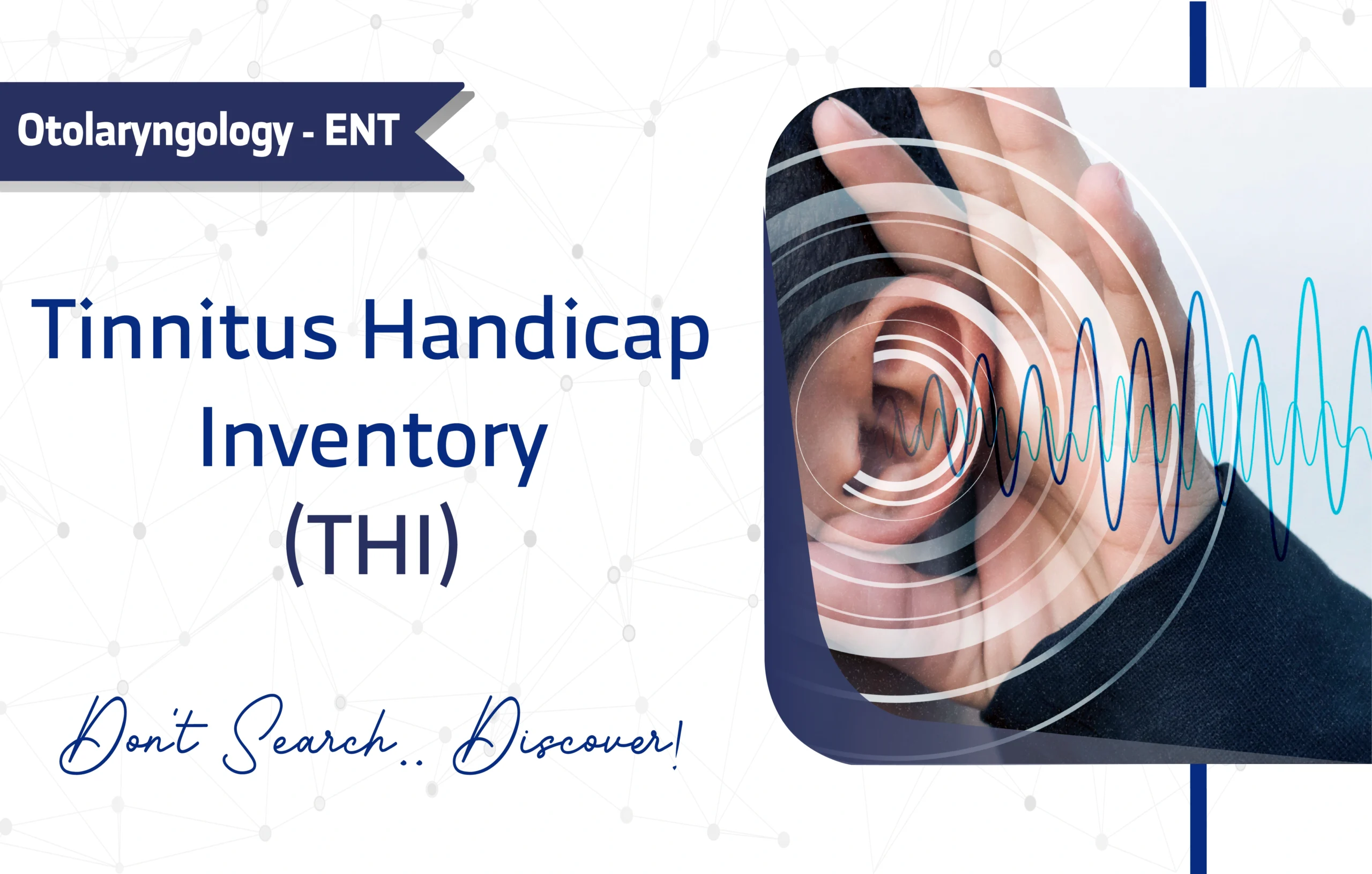
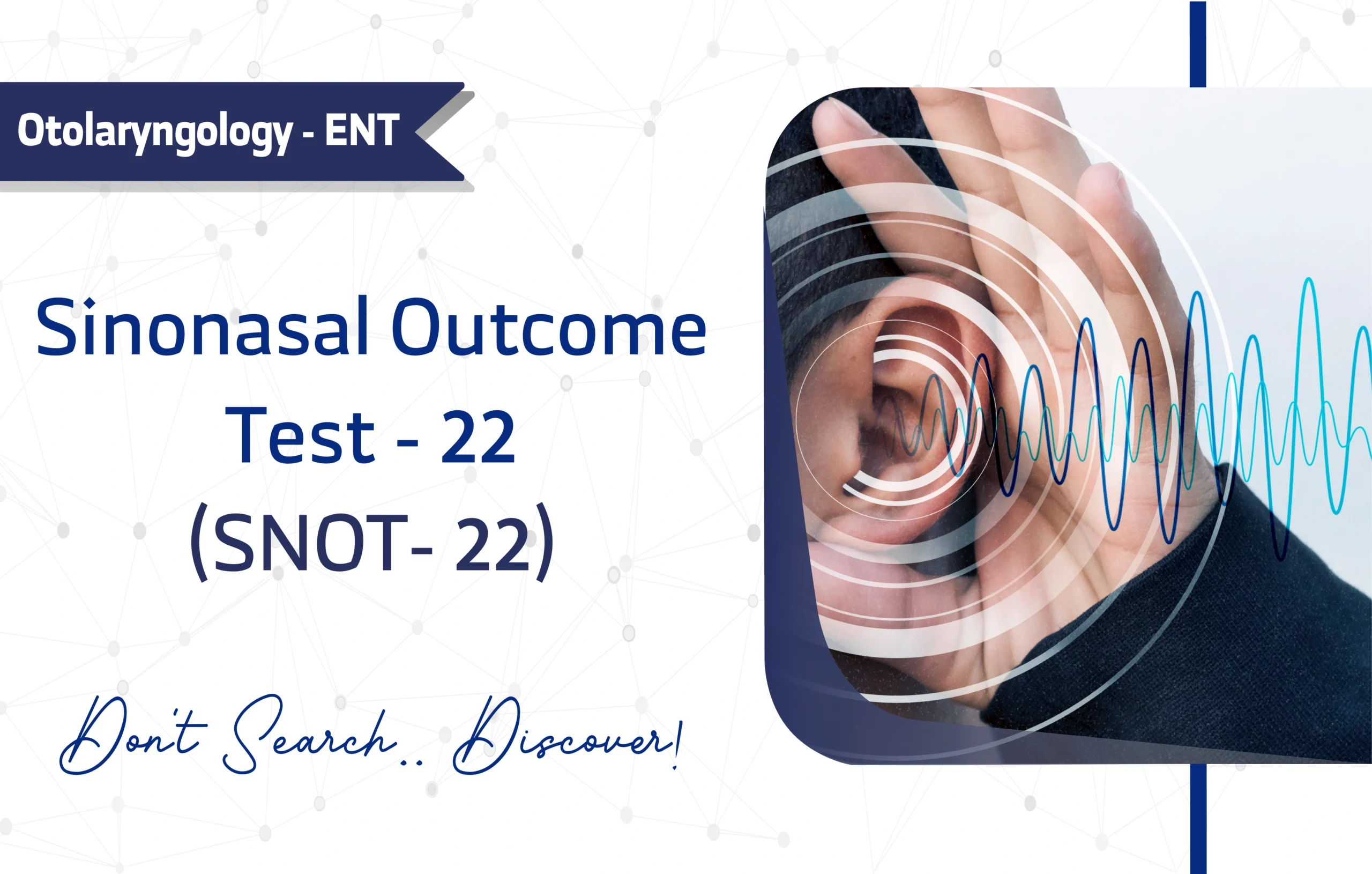
2 thoughts on “The Overactive Bladder Questionnaire (OAB-q): A Full Guide for Researchers and Clinicians”
If I want to be part of your team would you like to show me how?!
Hello, thank you for this extremely informative article on bladder health.